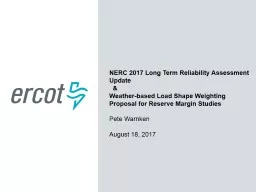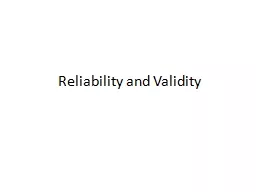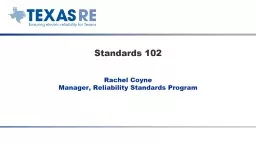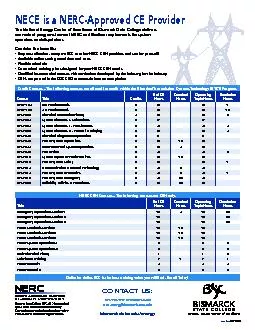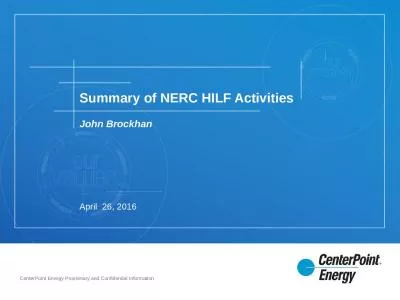PPT-NERC 2017 Long Term Reliability Assessment Update
Author : yoshiko-marsland | Published Date : 2018-02-16
amp Weatherbased Load Shape Weighting Proposal for Reserve Margin Studies Pete Warnken August 18 2017 2017 NERC LTRA Update NERC 2017 LTRA Status Update Latest Preparation
Presentation Embed Code
Download Presentation
Download Presentation The PPT/PDF document "NERC 2017 Long Term Reliability Assessme..." is the property of its rightful owner. Permission is granted to download and print the materials on this website for personal, non-commercial use only, and to display it on your personal computer provided you do not modify the materials and that you retain all copyright notices contained in the materials. By downloading content from our website, you accept the terms of this agreement.
NERC 2017 Long Term Reliability Assessment Update: Transcript
Download Rules Of Document
"NERC 2017 Long Term Reliability Assessment Update"The content belongs to its owner. You may download and print it for personal use, without modification, and keep all copyright notices. By downloading, you agree to these terms.
Related Documents

